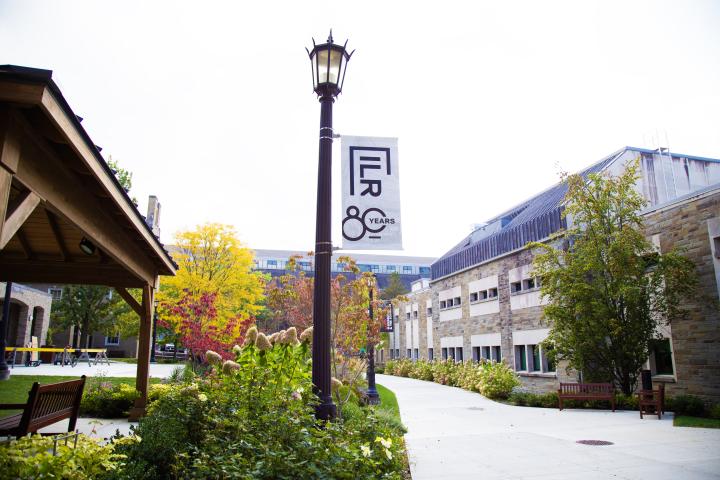
Faculty of the Future
Doctoral education is in crisis – fewer of America's best and brightest are choosing to pursue a Ph.D.
The reasons why, along with possible solutions, are outlined in a new book edited by Ronald G. Ehrenberg and Charlotte V. Kuh.
"Doctoral Education and the Faculty of the Future," published by Cornell University Press, grew out of a 2006 conference organized by Ehrenberg and Kuh.
Ehrenberg is the Irving M. Ives Professor of Industrial Relations, director of the Cornell Higher Education Research Institute, a Cornell trustee and a former vice president for Academic Programs, Planning and Budgeting at Cornell.
Kuh is deputy executive director of the National Academy of Sciences.
Factors discouraging pursuit of doctoral degrees, the book says, include:
- Length of study. It usually takes between six and eight years to complete a doctorate.
- Completion rates. Only half of doctoral students receive degrees.
- Other higher paying employment opportunities. Law, medicine and business attract many who would be eligible for doctoral study.
- Tenure cutbacks. Non-tenure positions have replaced many tenure positions, due to college budget constraints, reducing opportunities for potential faculty members.
Ideally, the faculty of the future will be reflective of the racial, ethnic and gender make-up of the college population, Ehrenberg said in an interview.
Currently, United States citizens of color are underrepresented in the doctoral population, he said. Although the number of women with doctoral degrees has increased, women are underrepresented at research universities.
A growing number of doctoral students in the United States are international students.
Of the 44,515 research doctorates awarded by United States institutions in 2007, thirty-four percent were won by students on temporary visas, according to the Survey of Earned Doctorates. That's up from 11 percent in 1977.
"We need these people here as research assistants and we hope they will stay to staff U.S. research and teaching enterprises," Ehrenberg said.
Immigration policy will be an important factor in continuing the flow of foreign talent into the nation’s doctoral programs, he said.
So will increasing undergraduate interest. Currently, students go on for Ph.D. study much more frequently from liberal arts colleges than they do from research universities, Ehrenberg said, perhaps because more research opportunities for undergraduates are available at liberal arts colleges.
The Digest of Education Statistics projects that about three percent of the 1.5 million students who will receive bachelor's degrees this year will go onto doctoral study.
Ehrenberg and his coauthors summarize a variety of studies that have focused on improving doctoral education, on increasing the flow of women and people of color into Ph.D. study and faculty positions, and on the impact of providing research opportunities for undergraduate students.


